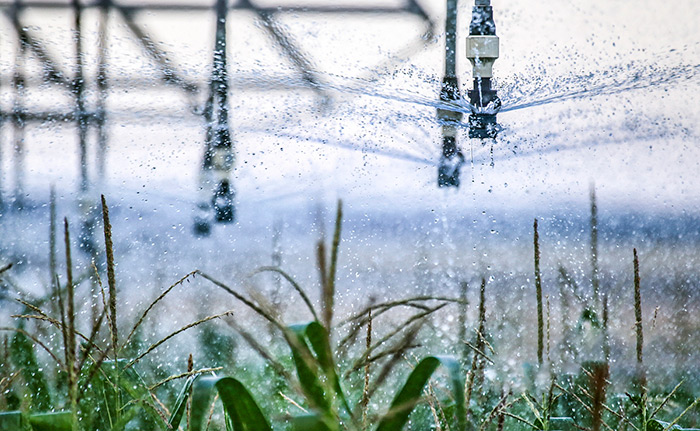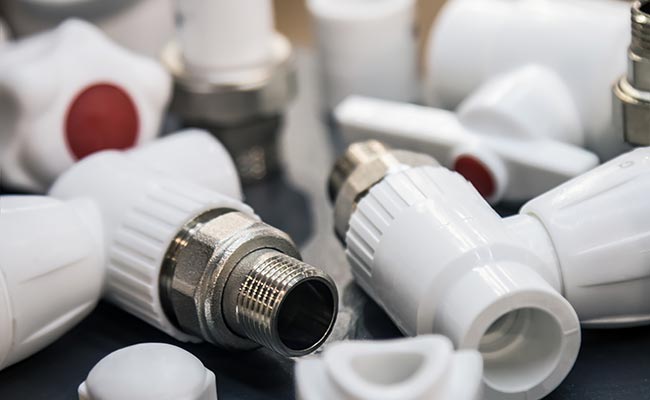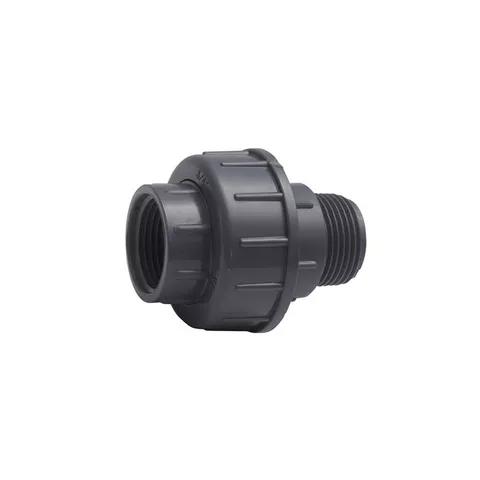
ПВХ союз җиһазлары сугаручыларга су системалары өчен ышанычлы чишелеш бирә. Аларның хезмәт итү вакыты 50 елдан артып китә, һәм бәяләр 4,80 доллардан 18.00 долларга кадәр, бу аларны нәтиҗәле итә. Бу арматура коррозиягә каршы тора, агып тормый торган буыннарны тәкъдим итә һәм урнаштыруны гадиләштерә. Designиңел дизайн һәм җиңел эшкәртү хезмәтне һәм хезмәт күрсәтүне тагын да киметә.
Төп алымнар
- ПВХ союз җиһазларыкоррозиягә һәм химикатларга каршы торучы, күп сантехника системаларында озак хезмәт итүен тәэмин итүче көчле, агып тормый торган бәйләнешләр тәэмин итегез.
- Аларның җиңел, җиңел эшкәртү дизайны махсус кораллар яки ябыштыргычларсыз тиз урнаштырырга һәм гади хезмәт күрсәтергә мөмкинлек бирә, вакытны һәм хезмәт чыгымнарын экономияли.
- ПВХ профсоюзлары торак, коммерция һәм сәнәгать сантехникасы өчен сыгылмалы карарлар тәкъдим итә, ремонтны куркынычсызрак һәм тизрәк ясый.
ПВХ Союзы: Нәрсә ул һәм ничек эшли
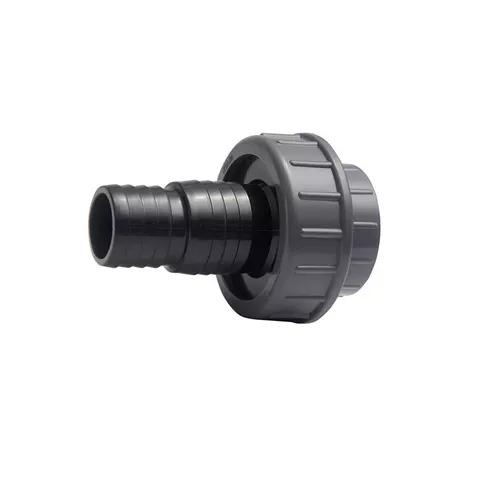
ПВХ Союзының төп үзенчәлекләре
ПВХ союзы ике торбаны җепле механизм белән тоташтыра. Бу дизайн ир-ат һәм хатын-кыз җепләрен куллана, тыгыз, агып торган мөһер ясый. Сантехниклар махсус коралсыз, кул белән союзны җиңел җыя яки сүтә ала. Итештерүчеләр ASTM D1784 һәм ASTM D2464 кебек ASTM стандартларына туры килгән югары сыйфатлы PVC материалларын кулланалар. Бу стандартлар союзның күп шартларда ышанычлы һәм ышанычлы булып калуын тәэмин итә. Союзның мөһерләү материаллары, EPDM яки FPM кебек, агып чыгудан һәм химик матдәләргә каршы торудан ярдәм итә. Бу үзенчәлек союзга өйдә дә, сәнәгать сантехника системасында да яхшы эшләргә мөмкинлек бирә. Дизайн шулай ук бөтен системаны япмыйча җиһазларны чыгару яки алыштыруны гади итә.
ПВХ Союзы башка җиһазлардан ничек аерылып тора
ПВХ союзы башка җиһазлардан аерылып тора, чөнки ул җиңел өзелергә һәм яңадан тоташырга мөмкинлек бирә. Күпчелек башка җиһазлар, кушылмалар кебек, даими кушылу булдыралар. Адаптерлар төрле төр торбаларны тоташтырырга булышалар, ә торбалар зурлыгын киметәләр. Түбәндәге таблицада төп аермалар күрсәтелә:
| Фитинг төре | Беренчел функция | Төп үзенчәлек | Типик куллану |
|---|---|---|---|
| Союз | Ике торбаны тоташтырыгыз | Easyиңел өзелү һәм яңадан тоташу мөмкинлеге бирә | Хезмәт күрсәтү һәм ремонт өчен идеаль |
| Куплау | Ике торбага кушылыгыз | Даими кушылу, җиңел өзелү юк | Гомуми торба кушылу |
| Адаптер | Бәйләнеш төрләрен үзгәртү | Төрле торба материаллары арасында күчү | Охшаш торбаларны тоташтыру |
| Буш | Торба күләмен киметү | Төрле диаметрлы торбаларны тоташтыра | Торба системаларының күләмен киметү |
ПВХ Союзы өчен гомуми кушымталар
Сантехниклар күп урыннарда ПВХ союз җиһазларын кулланалар. Алар арасында:
- Кир юу машинасы һәм киптергеч тоташу кебек торак сантехникасы.
- Химик каршылык мөһим булган бассейн системалары.
- Коррозив сыеклыклар белән эш итүче сәнәгать көйләнмәләре.
- Ачык һавада, чөнки союз датка каршы тора һәм электр үткәрми.
- Тиз һәм җиңел хезмәт күрсәтү яки ремонт кирәк булган теләсә нинди система.
Киңәш: ПВХ союз җиһазлары ремонтны тизрәк һәм куркынычсызрак итә, чөнки аларторбаларны кисүне яки клей куллануны таләп итмәгез.
Ни өчен ПВХ Союзы өстен сайлау
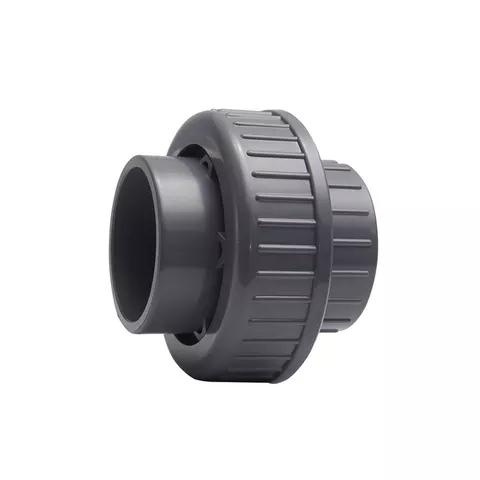
Традицион җиһазлардан өстенлекләр
Сантехник белгечләре еш кына ПВХ союз җиһазларын сайлыйлар, чөнки алар традицион фитингларга караганда берничә өстенлек бирәләр. Бу өстенлекләргә түбәндәгеләр керә:
- PVC, CPVC, полипропилен кебек югары сыйфатлы материаллар коррозиягә, химик матдәләргә, температураның үзгәрүенә нык каршы торалар.
- Designиңел дизайн эшкәртү һәм урнаштыруны җиңеләйтә, эш вакытын һәм чыгымнарын киметә.
- Куркынычсыз, агып торган тоташулар ышанычлылыкны яхшырта һәм еш хезмәт күрсәтү ихтыяҗын киметә.
- Берничә конфигурацияләр һәм махсус ясалма вариантлар сугаручыларга төрле проект ихтыяҗларын канәгатьләндерергә мөмкинлек бирә.
- Сыйфатның катгый контроле һәр җиһазның куркынычсызлык һәм җитештерү өчен тармак стандартларына туры килүен тәэмин итә.
- Экологик чиста җитештерү практикасы әйләнә-тирә мохитне сакларга булыша.
- Озын продуктның озынлыгы бу җиһазларны чыгымлы сайлау ясый.
Түбәндәге таблицада ПВХ профсоюзларының төп эш аспектлары традицион җиһазлар белән чагыштырыла:
| Спектакль аспекты | ПВХ профсоюзлары / ПВХ материал характеристикалары | Традицион җиһазлардан чагыштыру / өстенлек |
|---|---|---|
| Коррозиягә каршы тору | Оксидантларга каршы тору, агентларны киметү, көчле кислоталар; һава торышына чыдам | Metalиңел коррупцияләнгән металл торбалардан өстен |
| Урнаштыру | Easyиңел сүтү һәм ябыштыргычсыз җыю; розетка яки җеп тоташуы | Ябыштыргыч таләп итүче даими җиһазларга караганда уңайлырак |
| Көч һәм ныклык | Strengthгары көч, катгыйлык, яхшы катгыйлык, тәэсиргә каршы тору; түбән кысылу (0,2 ~ 0,6%) | Традицион металл җиһазлардан чагыштырма яки яхшырак |
| Rылылык үзенчәлекләре | 24ылылык үткәрүчәнлек коэффициенты 0,24 Вт / м · К (бик түбән), яхшы җылылык изоляциясе һәм энергия саклау | Металл торбаларга караганда күпкә яхшырак изоляция |
| Авырлык | Корыч торбаларның тыгызлыгы якынча 1/8 | Эшләү һәм урнаштыру җиңел |
| Хезмәт тормышы | Коррозиягә каршы тору һәм материаль тотрыклылык аркасында озак хезмәт итү | Традицион металл һәм цемент торбалардан озынрак |
| Кушымта басымы һәм темп | 1,0 МПа кадәр һәм 140 ° F кадәр температура өчен куллану өчен яраклы | Гомуми сантехника таләпләренә җавап бирә |
| Бәясе | Чагыштырмача түбән бәя | Башка клапан материаллары белән чагыштырганда чыгымлы |
| Өстәмә өстенлекләр | Яна торган булмаганлык, геометрик тотрыклылык, сыгылучан әйләнү (шар клапаннары өчен), җиңел хезмәт күрсәтү | Куркынычсызлык һәм куллану мөмкинлеге |
Урнаштыру һәм хезмәт күрсәтү өчен өстенлекләр
ПВХ союз җиһазлары сугаручылар өчен монтажлау һәм хезмәт күрсәтүне гадирәк итә. .Әр сүзнеңсоюз бетүтиз сүтәргә мөмкинлек бирә, шуңа күрә эшчеләр бөтен торбаны күчермичә өлешләрен алып яки алыштыра алалар. Бу үзенчәлек вакытны экономияли һәм ремонт вакытында эш вакытын киметә. ПВХ профсоюзларының җиңел табигате шулай ук бер кеше монтаж белән эш итә ала, бу хезмәт чыгымнарын киметә.
Бу җиһазлар ябыштыргычлар яки махсус кораллар таләп итми. Сантехниклар аларны кул белән тоташтыра яки өзә ала, бу куркыныч химик матдәләр яки ачык ялкын кирәклеген бетереп куркынычсызлыкны арттыра. ПВХ профсоюзларының көчле химик каршылыгы, хәтта кырыс шартларда да, озак хезмәт итүен тәэмин итә. Бу чыдамлык азрак алмаштыруны һәм вакыт узу белән түбән хезмәт күрсәтү чыгымнарын аңлата.
Искәрмә: Пластик торба җиһазларын тиз чыгару, шулай ук коралсыз, тиз урнаштырырга мөмкинлек бирә. Бу ысул вакытны экономияли һәм эш урынындагы куркынычсызлыкны яхшырта.
ПВХ Союзының реаль дөнья кулланулары
Күпчелек тармаклар һәм хуҗалыклар сантехника ихтыяҗлары өчен ПВХ союз җиһазларына таяналар. Бу җиһазлар су белән тәэмин итү системаларында, сугаруда, җир асты торбаларында яхшы эшли. Аларның коррозиягә һәм химик матдәләргә каршы торулары аларны бассейннар, сәнәгать сыеклыклары эшкәртү, янгын сүндерү системалары өчен идеаль итә.
ПВХ профсоюзлары өчен глобаль базар үсешен дәвам итә. 2023 елда базар күләме 3,25 миллиард АКШ долларына җитте. Белгечләр 2032 елга 5,62 миллиард долларга кадәр күтәрелер дип фаразлыйлар, еллык үсеш темплары (CAGR) 6,3%. Бу үсеш коррозиягә каршы тору һәм температурага чыдамлык кебек ПВХ профсоюзларының өстен сыйфатларын белүдән килә.Түбәндәге диаграмма базар тенденциясен күрсәтә:
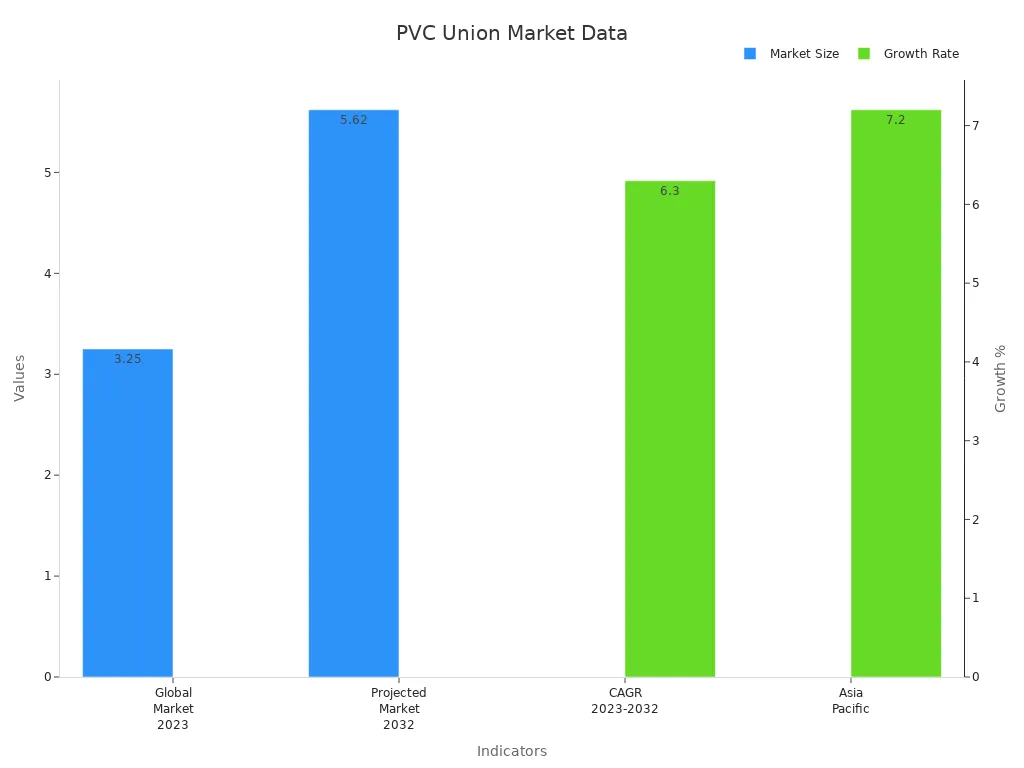
ПВХ союз җиһазлары торак, коммерция һәм сәнәгать өлкәләренә хезмәт күрсәтә. Алар картлык инфраструктурасын алыштырырга булышалар, үсә барган шәһәрләрдә яңа төзелешкә булышалар. Аларның популярлыгы арта бара, чөнки күбрәк профессионаллар аларның ышанычлылыгын һәм куллану җиңеллеген таныйлар.
Дөрес ПВХ Союзын сайлау һәм саклау
Дөрес ПВХ Союз размерын һәм төрен сайлау
Дөрес ПВХ союзын сайлау торба зурлыгын һәм басым ихтыяҗларын аңлаудан башлана. Сантехниклар торбаның номиналь күләмен һәм расписаниесен тикшерәләр, мәсәлән, 40-нчы график яки 80-нче график, союзга туры килү өчен. Расписание 80 профсоюз калын диварларга һәм басымның югары дәрәҗәсенә ия, аларны эш таләп итә. Профсоюзлар шулай ук BSP яки NPT кебек җеп төренә туры килергә тиеш, агып чыкмасын өчен. ASTM D2467 кебек стандартларга туры килгән сертификатлы профсоюзлар куркынычсыз һәм ышанычлы тоташуны тәэмин итә. Түбәндәге таблицада мөһим стандартлар күрсәтелгән:
| Стандарт / классификация | Тасвирлау | Мөһимлек |
|---|---|---|
| График 40 | Стандарт стенаның калынлыгы | Гомуми куллану |
| 80 нче график | Калын дивар, югары басым | Авыр куллану |
| ASTM D2467 | Материал һәм эш стандарты | Сыйфат ышандыруы |
| Номиналь торба размеры (NPS) | Торба һәм җиһаз зурлыгы | Дөрес |
ПВХ Союзы өчен урнаштыру киңәшләре
Дөрес урнаштыру агып чыгудан саклый һәм җайланманың гомерен озайта. Сантехниклар бу адымнарны кулланалар:
- Торба квадратын кисеп алыгыз.
- Тигезләнүне тикшерү өчен союзны киптерегез.
- Праймер һәм эретүче цементны тигез кулланыгыз.
- Трубаны тулысынча кертегез һәм нык бәйләнеш өчен бераз борылыгыз.
- Урынны 10 секундка куегыз.
- Буынга басым ясаганчы дәваланырга рөхсәт итегез.
Киңәш: О-боҗраларны майлагыз һәм Teflon тасмасын җепле очларда су үткәрми торган мөһер өчен кулланыгыз.
Озак вакытлы ышанычлылык өчен хезмәт
Даими хезмәт күрсәтү ПВХ союзын яхшы эшли. Сантехниклар ярыкларны, агып чыгу яки төссезләнүне тикшерәләр. Чистарту пычракны һәм төзүне бетерә. Алар яшерен проблемаларны табу өчен агып торган детекторлар һәм басым үлчәүләрен кулланалар. Запас профсоюзларны салкын, күләгәле урыннарда саклау УВ зарарына юл куймый. Профилактик тикшерүләр кыйммәтле ремонттан сакланырга һәм су системаларын сакларга ярдәм итә.
ПВХ союз җиһазларыкүп сантехник ихтыяҗлары өчен ышанычлы, агып торган тоташулар китерегез.
- Алар коррозиягә һәм химикатларга каршы торалар, озак хезмәт итү вакытын тәэмин итәләр.
- Аерыла торган дизайн җиңел хезмәт күрсәтергә һәм яңартырга мөмкинлек бирә.
- Materialиңел материал тиз урнаштыруны тәэмин итә.
Күпчелек профессионаллар өйләрдә һәм тармакларда чыгымлы, сыгылмалы карарлар өчен ПВХ берлеген сайлыйлар.
Сораулар
Пнтек Пластның ПВХ Союзы башка брендлардан нәрсә белән аерылып тора?
Pntek Plast's PVC Союзы югары сыйфатлы uPVC куллана, берничә зурлык һәм басым рейтингы тәкъдим итә, һәм махсус вариантлар тәкъдим итә. Оста эшчеләр күп сантехника ихтыяҗлары өчен ышанычлы эшне тәэмин итәләр.
ПВХ профсоюзлары җир асты торбалары өчен кулланыла аламы?
Әйе. Пнтек Пласттан ПВХ профсоюзлары коррозиягә һәм киемгә каршы торалар. Алар җир асты торбаларында, сугару системаларында, су белән тәэмин итү линияләрендә яхшы эшлиләр.
Сантехниклар хезмәт күрсәтү өчен ПВХ профсоюзларын ничә тапкыр тикшерергә тиеш?
Сантехниклар ПВХ профсоюзларын елына бер тапкыр тикшерергә тиеш. Даими тикшерүләр системаны куркынычсыз һәм эффектив тотып, агып чыккан урыннарны, ярыкларны яисә иртә төзергә ярдәм итә.
Пост вакыты: 30-2025 июнь


